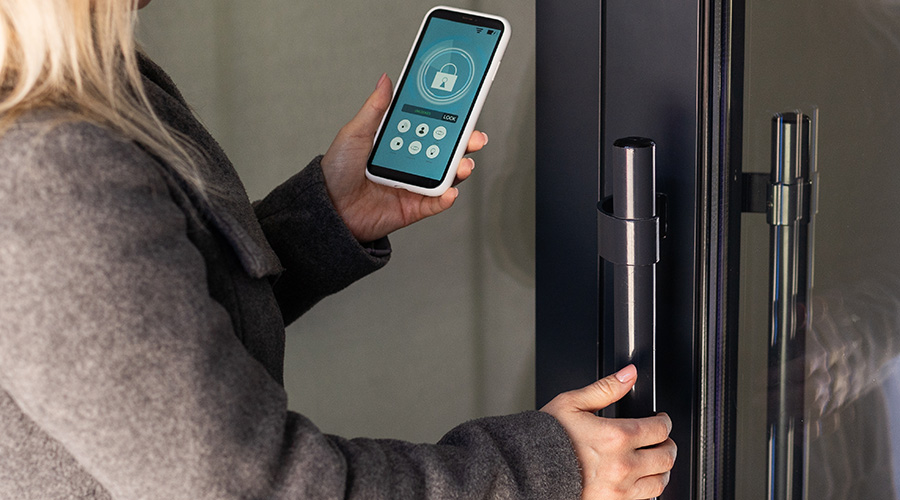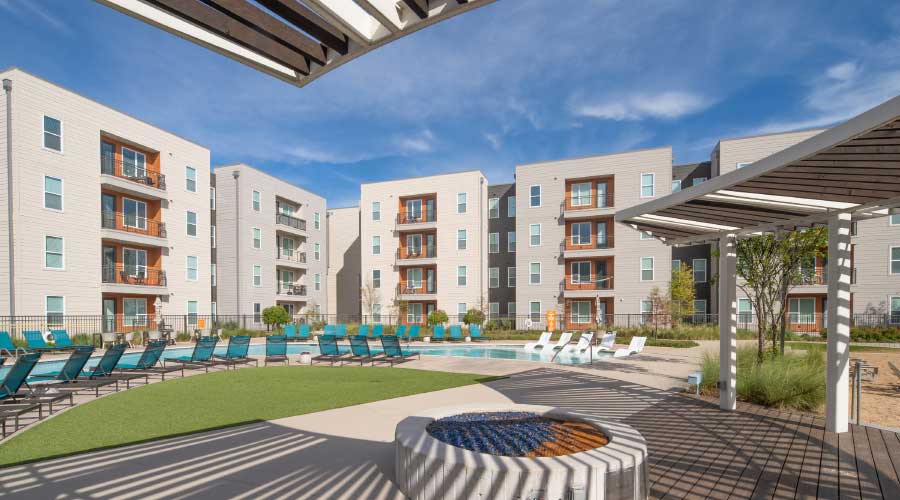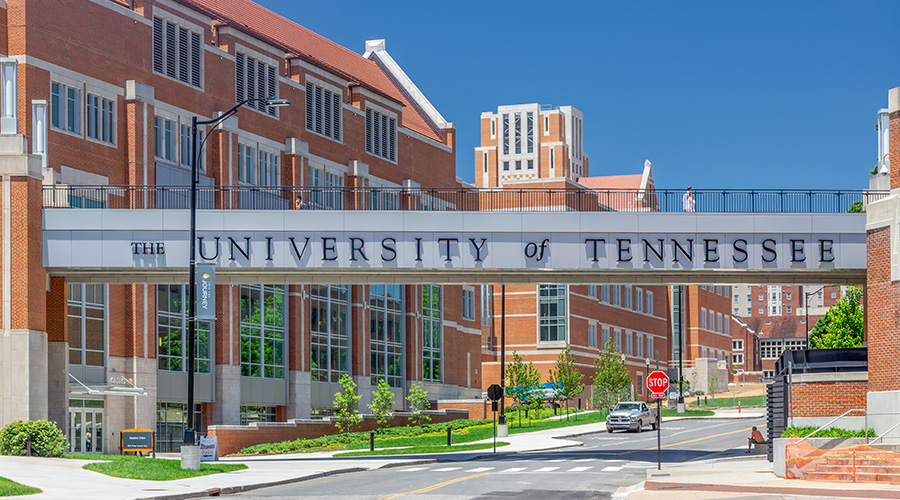Access Control: Trouble Spots in Facility Security
Managers can purchase video cameras, motion detectors, and other standalone security devices in enclosures that are rated IP65/66 or NEMA 4/4X, and they require nothing more than a sunshield. But in some cases, managers need to install equipment intended for interior use in exterior locations to support the security system. This equipment might include fiber optic converters, network switches, and power over Ethernet injectors.
Overheated components too often are a factor in the premature failure of security equipment. In some cases, the mean time between failure decreases exponentially as the heat increases beyond the operating range of the equipment.
It is also important for managers to ensure that equipment enclosures provide effective thermal management for the longevity of security equipment. The enclosure must be able to dissipate heat or prevent heat buildup beyond the equipment's maximum operating temperature. In very cold climates, managers might need to provide additional heat to keep the equipment from operating below the equipment's minimum operating temperature.
But since electronic equipment tends to reject heat inside an enclosure, overheating tends to be the greater problem. Too often, equipment is installed in an exterior enclosure with no thought to the heat load the equipment will generate inside the enclosure. The size or surface area of the enclosure plays a role in the amount of heat it can dissipate without using vents, fans, heat exchangers, or air conditioning.
The enclosure's location also might be a factor. If the enclosure is located in direct sunlight, it will have a significant increase in internal air temperature, and calculations to determine heat buildup become increasingly complex. The enclosure's color also takes on greater significance. For example, white enclosures will reflect much of the radiant heat from the sun.
Video cameras can feature a sunshield that stands off from the camera housing 1 inch or so and acts to absorb and dissipate heat before it reaches the housing.
Cooling systems can be classified as open or closed loop and active or passive systems. Open-loop systems use outside air to cool the components. They are often passive, using convection and heat dissipation. Closed-loop systems use internal air to cool the components. They are often active, using an external device or system to cool internal air.
Some systems on the market include louvers, grills, exhaust fans, heat exchangers, and air-conditioning systems. Some manufacturers provide special software that helps in selecting an appropriate cooling system for the enclosure.
Related Topics:













